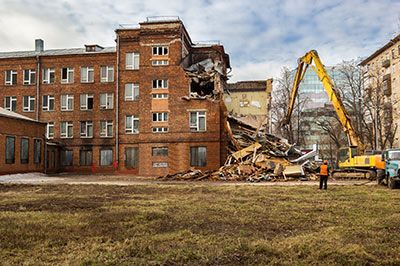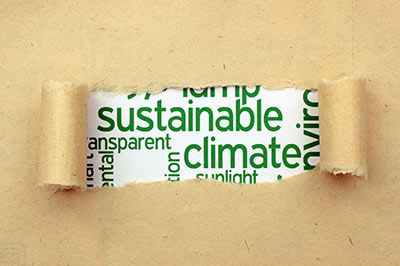Inter-American Development Bank, 2015
Rise Up Against Climate Change! A school-centered educational initiative.
Module 8
Thousands of children and young people who attend schools every day (on schedules ranging from 4 to 10 hours) consume large amounts of natural resources (water, trees made into paper, fossil fuels for energy, and others). These resources are used in the manufacturing of books, notepads, backpacks, pencils, paint, and so on.
To a large extent, schools represent the way a society uses its natural resources. Using these materials in a more sustainable fashion will lower demand for natural resources. We can also learn innovative ways of using them in the learning process.
View Presentation











